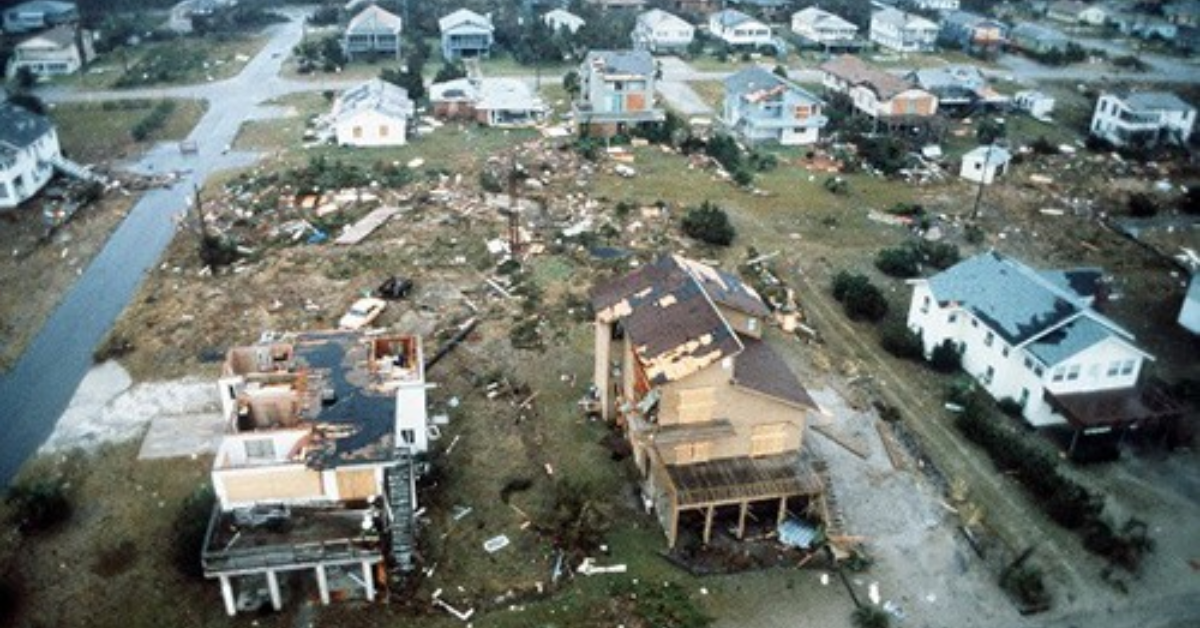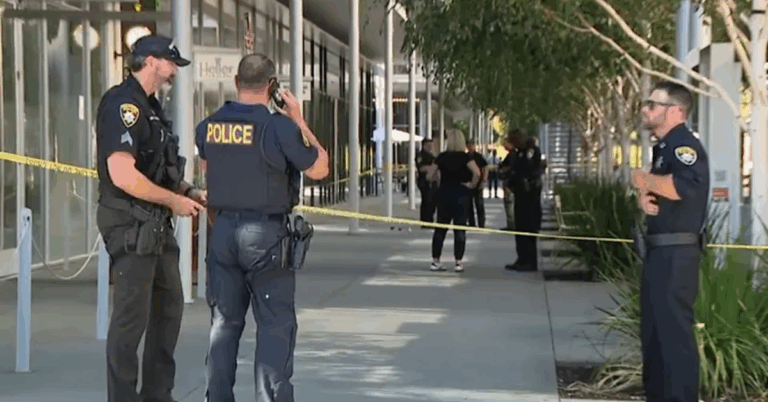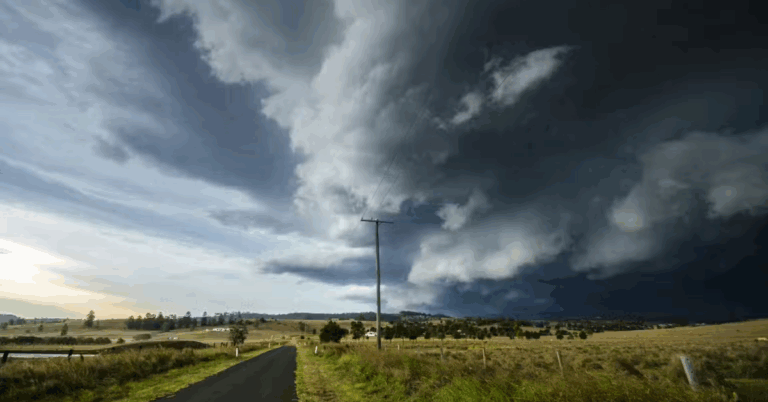
Hurricane Hugo struck Charleston County on September 21, 1989, leaving a lasting mark on the community and the environment. Even decades later, this major storm is remembered for its intensity and widespread damage. Understanding the effects of Hurricane Hugo helps us appreciate the strength of nature and the importance of preparedness as we face new weather challenges today.
For many young people, the hurricane may seem like a distant historical event. However, its lessons remain highly relevant. The storm showed how vulnerable coastal areas are to hurricanes, and how communities must come together to rebuild and support one another. In this article, we look back at Hurricane Hugo’s landfall, its impact on Charleston County, and why remembering it matters.
Hurricane Hugo: A Brief Overview
Hurricane Hugo originated in the Atlantic Ocean in September 1989 and quickly intensified as it moved toward the southeastern United States. By the time it reached Charleston County, South Carolina, it was a Category 4 hurricane with winds exceeding 135 miles per hour (218 km/h). According to the National Hurricane Center (NHC), Hugo was one of the most powerful hurricanes to hit the Carolinas in the 20th century.
The storm caused widespread damage, uprooting trees, destroying homes, and disrupting electricity and communication. The fury of Hugo reminded communities across Charleston and surrounding areas of the need to respect nature’s power and prepare for future storms.
The Impact on Charleston County
When Hugo made landfall in Charleston County, it brought torrential rain and a dangerous storm surge. The surge caused severe flooding, submerging many coastal neighborhoods and damaging infrastructure. The damage was estimated at nearly $7 billion in 1989 dollars, which would be much higher today after adjusting for inflation.
Homes, businesses, and public facilities were destroyed or severely damaged. Thousands of people were left without power and water for days or even weeks. Schools and roads were closed, affecting everyday life for many residents. Despite the destruction, the community showed remarkable resilience by quickly mobilizing to rebuild and recover.
Lingering Effects and Recovery
The recovery from Hurricane Hugo was long and challenging. Many families had to repair or rebuild their homes from scratch. Local government and relief organizations worked hard to restore essential services and improve future emergency response plans. The storm also led to new building codes and better preparedness measures to reduce damage from future hurricanes.
Experts from the National Oceanic and Atmospheric Administration (NOAA) studied Hugo’s path and damage to improve forecasting and community planning. Their work has helped save lives and property in later storms.
Why Remembering Hurricane Hugo Matters Today
Even 36 years after its landfall, Hurricane Hugo serves as a reminder of how dangerous hurricanes can be, especially in vulnerable coastal areas like Charleston County. For younger generations, learning about Hugo’s impact provides important lessons in disaster preparedness and community strength.
With climate change increasing the frequency and intensity of storms, these lessons are more important than ever. Preparing early, following safety guidelines, and supporting neighbors can make all the difference when a storm approaches. Remembering Hugo helps us stay aware and ready to face whatever the future may bring.
Conclusion
Hurricane Hugo’s landfall in Charleston County remains a significant event in weather history. Its powerful winds and flooding caused damage that shaped the region’s approach to hurricanes and disaster management. As time passes, the story of Hugo continues to educate and inspire people to value preparedness and resilience.









